As the modern civilization grows, so does its demands on more energy. With the earth’s natural energy resources at risks of running out, more emphasis is being placed on alternative sources of energy that are natural, abundant and environmentally friendly. One such initiative that has been gaining a lot of attention of late is the field of solar photovoltaic (PV) energy. Here are some innovations that reiterate this fact and point out the possibility of solar photovoltaic becoming the future for the world we live in today.
Thin Film Solar Panels
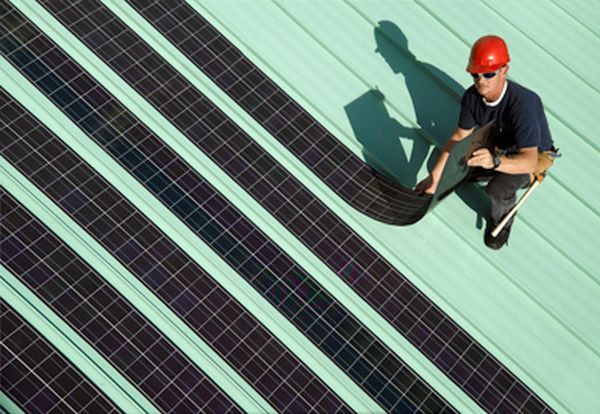
While silicon based solar panels help save a lot in terms of energy, they are quite bulky and difficult to handle. The US National Renewable Energy Laboratory (NREL) has come up with a possible answer to this scenario by creating thin film solar panels made of copper indium gallium diselenide. When tested, these thin solar films performed at a world record 19.9%.
Hairy Thin Film Solar Panels
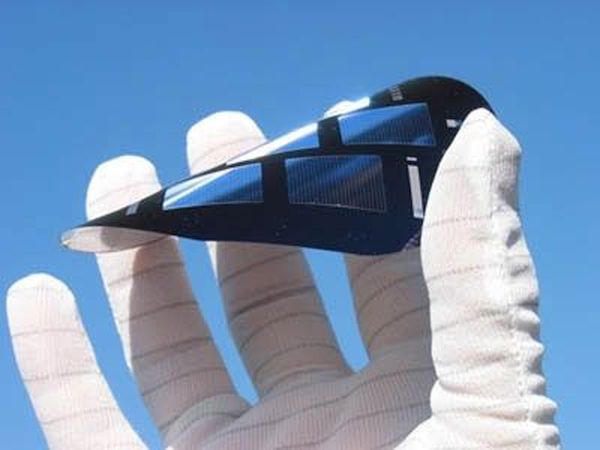
Researchers at the McMaster University have created a super thin film solar panel. These hairy thin solar panels are in fact, light absorbing nanowires made of photovoltaic materials and grown on a carbon-nanotube fabric. With a conversion rate of 20-40%, these hairy film solar panels would make solar energy more flexible as well as more affordable.
Cool Earth Inflatable Solar Balloons
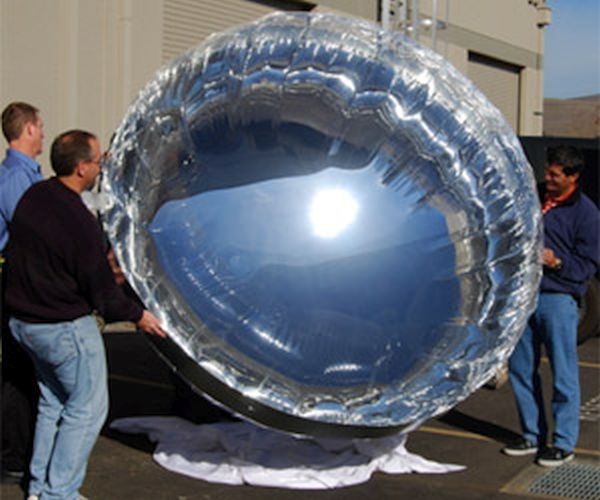
Forget those bulky solar panel frames that take up huge amounts of space in the process of producing eco-friendly energy. CoolEarth has come up with an innovative way to reduce the PV surface area of the solar photovoltaic cells. The company has created inflatable solar balloon collectors that actually act as concentrators, directing more sunlight to comparatively smaller solar panels.
These wire mounted balloons are much cheaper than standard aluminum concentrators and can be easily maintained, with repairs done in less than 15 minutes. These balloons would surely increase the efficiency of the solar photovoltaic cells without having an equally proportionate increase in costs.
Building Integrated Photovoltaic Cells
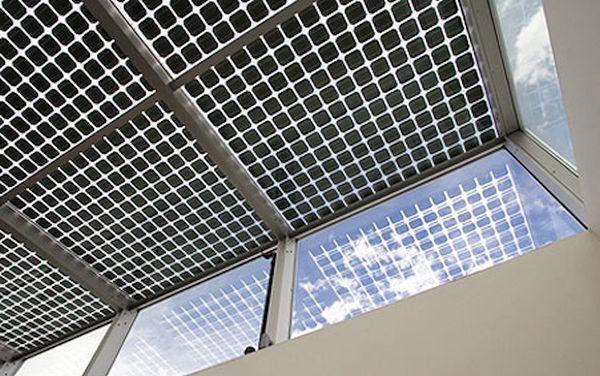
A lot of homeowners shy away from installing solar panels in their homes owing to the ‘not so appealing’ look of the latter. A company has come forward to introduce building integrated photovoltaic cells (BPVs) that can be built into or even sprayed over building materials like walls, roof shingles, windows and facades etc. In addition to cutting down the installation costs, these BPVs are more appealing to look at and are equally efficient when compared to traditional rack mounted solar panels.
Reduced Silicon for More Power
![]()
Solaria have created solar cells that use less silicon to produce more power. This is achieved by slicing the silicon into wafer thin strips to reduce surface area. Light from these strips is collected by a molded plastic cover and funneled into individual strips of silicon for power generation. The company has announced that its new range of photovoltaic cells would use at least 50% less silicon to generate over 90% of the power generated by a traditional silicon based solar panel system.
Printed Solar Panels
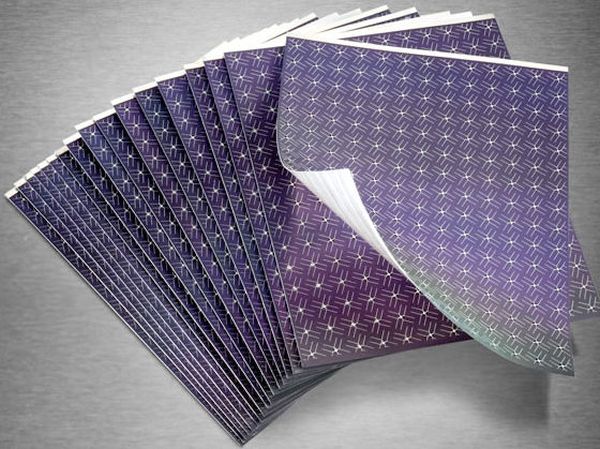
Soon, entire solar panels for households and other commercial areas can be simply printed out instead of being manufactured. California based company Nanosolar has started mass production of its ‘one of a kind’ solar film that does not use silicon, but a material called copper indium gallium selenium to create photovoltaic cells. These cells can be printed onto thin polymers by a printer and cost only a fraction of what a standard silicon panel would cost.
Capturing Infrared Light
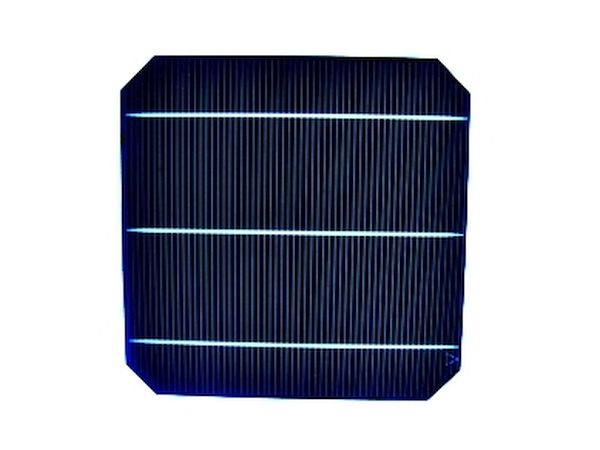
Solar photovoltaic cells capture only the visible spectrum of light while the infrared usually go undetected and so, unused. Recent technologies however, have sought to alter this by coming up with initiatives to capture IR rays as well. One such initiative involves including vanadium and titanium to the solar panel’s semiconducting material to absorb the infrared spectrum along with the visible spectrum of light as well. This increases the conversion rate of these cells to more than 63% as compared to standard cells that have a conversion rate of 40%.
The significance of photovoltaic solar cells has grown tremendously over the past few years. As such, a lot of powerful inventions using these cells can literally hold the key to a brighter, healthier and eco-friendlier tomorrow.

